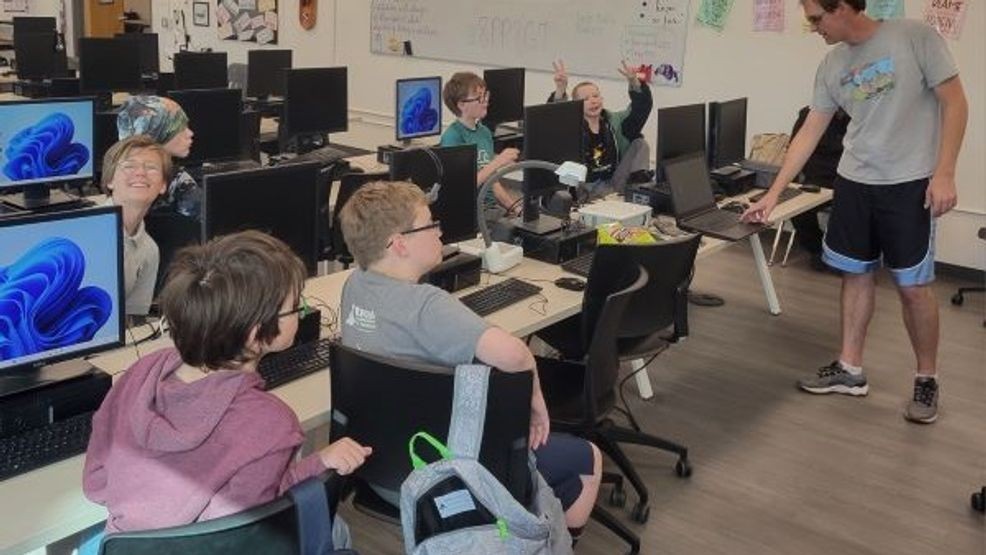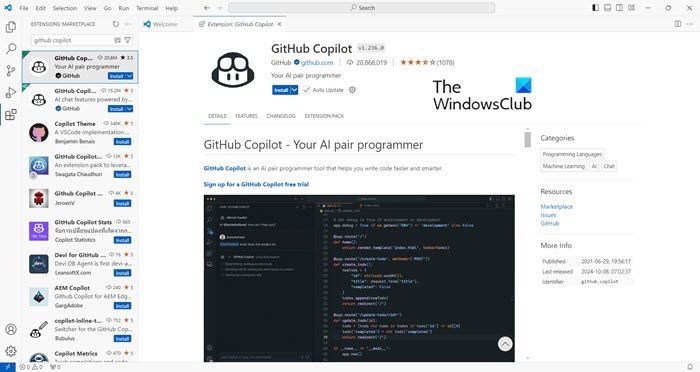
Bridging the Digital Divide: Empowering Young Minds through Coding
In today’s digital era, the ability to code is becoming increasingly essential, yet many children grow up without the opportunity to learn this vital skill. Fortunately, educators like Associate Professor Joel Graff from Montana Technological University are stepping up to make coding accessible and enjoyable for young students. His innovative after-school coding program in Butte, Montana, has been transforming the way children understand and engage with technology since its inception during the pandemic.
 A collaborative coding initiative is not just about technology; it’s about creating opportunities for creativity and possibilities.
A collaborative coding initiative is not just about technology; it’s about creating opportunities for creativity and possibilities.
A Unique Approach to Learning
Graff’s journey to launch this coding initiative stemmed from his own desire to learn programming. Even as a professor specializing in biological sciences, he recognized the importance of coding skills. He recalls, > “I tried to learn coding a few times as an adult. When my research lab was shut down for the COVID moratorium, I finally had enough time to commit.”
This personal experience led him to discover that the most engaging way to learn to code was through creativity—by making video games.
Drawing inspiration from MIT’s Scratch, a visual programming language designed for children, Graff founded an after-school programming club at Margaret Leary Elementary School. This platform enables students to create their own games using a user-friendly drag-and-drop interface. Graff observed that real-time feedback and personal creativity kept the students excited and engaged.
“The most fun way that I learned to code was following tutorials that made video games,” he remarked, emphasizing how seeing the results of coding firsthand can be incredibly gratifying for learners.
Growth and Inclusivity
Fast forward four years, and Graff’s program has flourished. Originally aimed at third through sixth graders, the after-school club has expanded significantly, now accommodating approximately 20 students every Monday and Wednesday evening. This growth is attributed to the dedication of supportive parents and educators, including Amanda Ellwein and STEAM teacher Laurie Hawbaker, who have been crucial in ensuring the program’s sustainability.
The critical thinking and scientific principles that underpin Graff’s program achieve not just coding skills, but a comprehensive understanding of STEM concepts—an essential advantage for the students.
 Every child has creativity that can thrive when given the right tools and support.
Every child has creativity that can thrive when given the right tools and support.
A Replicable Model for Success
One of the commendable aspects of Graff’s coding initiative is its low-cost, replicable model. With all resources being open source, students can run programs directly from USB drives, which eliminates the need for expensive software installations on school computers. This means that the program is not only easy to replicate but also incredibly affordable, ensuring that budget constraints do not hinder educational opportunities.
“The only cost involved is for USB sticks,” Graff explains, highlighting the commitment to making technology education accessible to all.
A Global Impact
The initiative doesn’t stop at the local community. Graff is actively collaborating with educators globally to share this program further. Recently, he hosted Josh Soldivillo, an assistant principal from the Philippines, under the Young Southeast Asian Leaders Initiative Professional Fellows Program. They explored strategies to share this coding program with other educators, emphasizing the power of global collaboration and shared knowledge in expanding educational access.
“He will take what he learned back to his classroom in the Philippines,” Graff notes, emphasizing the program’s broader implications and potential impact on students worldwide.
The Future of Learning
In the face of the growing debate regarding the necessity of learning classic coding practices amidst the evolution of AI-assisted technologies, Graff stands firm on the value of teaching students logic and organization through coding. He points out that while it’s easy to rely on AI for code generation, the fundamental skills acquired through programming are irreplaceable.
“Even if I can ask a computer to write a program for me, the logic skills alone will serve the students well,” he asserts, demonstrating a profound understanding of coding’s role in developing critical thinking skills.
Students in the program engage with various applications like Inkscape and Krita for artwork, Blender for 3D modeling, and Godot as a game engine. This rich toolkit not only enhances their coding abilities but also fosters creativity, problem-solving, and a myriad of other skills that connect back to their science, technology, engineering, and math education.
 The intersection of creativity and technology is where the magic happens.
The intersection of creativity and technology is where the magic happens.
Conclusion
As Graff’s program continues to inspire and equip young coders, it sets a compelling example of how dedicated educators can harness technology to create transformative learning experiences. By making coding accessible, engaging, and fun, they empower a new generation with the skills that will be essential in the increasingly digital landscape of tomorrow. Graff’s dedication, coupled with the enthusiasm of his students, illustrates the profound impact that coding education can have, not only in individual lives but on communities as a whole.
In a world where technology can often seem intimidating, initiatives like this democratize coding, making it possible for every child to create, innovate, and contribute to the digital world with confidence. For parents, educators, and policymakers alike, Graff’s after-school coding club serves as a beacon of hope and a roadmap for nurturing the coders of tomorrow.
Further Exploration
To delve deeper into effective coding programs for young learners, consider exploring Scratch or researching other global initiatives aimed at enhancing STEM education in schools worldwide.
Tags: AI, Coding, Education, STEM, Montana Tech, Programming
Published on: October 17, 2024















